Introduction
American Airlines Group Inc. (NASDAQ: AAL) is currently trading at $11.52 per share, down 22% over the past year. Despite reaching previous highs of $18 per share, the stock has dropped approximately 30% from those levels. Since the major market shock in 2020, which saw a 70% decline, AAL has rebounded but continues to exhibit volatility.
Is this the right time to buy American Airlines stock? In this analysis, we'll break down AAL’s latest earnings, explore key financial metrics, and apply discounted free cash flow (DCF), comparable company, and intrinsic value models to determine whether AAL is undervalued or a risky bet.
American Airlines' Financial Performance
Key Metrics:
- Market Cap: $7.6 billion
- Price-to-Earnings (P/E) Ratio: 9.26 (lower than the market average of 28)
- Earnings Per Share (EPS): $1.24
- Beta: 1.27 (higher volatility compared to market norms)
- Analyst Price Target: $18.50 (suggesting upside potential)
- Dividend Status: No dividend payments since May 2020 due to the pandemic
Revenue Trends:
AAL is nearing its all-time revenue highs, reporting $53.66 billion in annual revenue, exceeding pre-pandemic figures from 2019.
Breakdown of Operating Revenues (2023 vs. 2024):
- Passenger Revenue (largest segment) is up year-over-year.
- Cargo Revenue increased in quarterly data but declined in annual figures.
- Other Revenue grew across both quarterly and yearly metrics.
Additionally, operational efficiency metrics such as available seat miles (ASM), passenger load factor, and revenue per ASM indicate mixed trends, with some growth but slight declines in yield.
Profitability and Cash Flow:
- Net Income: $850 million (positive, but below 2019 highs).
- Free Cash Flow (FCF): $1.3 billion, showing stronger FCF than historically reported.
- Capital Expenditures (CapEx): Remains high, but in line with industry norms.
- Share Buybacks: Previously aggressive repurchases until 2020, now flat or increasing share issuance.
Valuation Analysis
Discounted Free Cash Flow (DCF) Model:
The DCF method values stocks by projecting future free cash flows and discounting them to present value.
Inputs:
- Expected Revenue Growth: 5% annually (based on estimates of $56-$59 billion in future years).
- Net Income Margins: 1.59% (historical average).
- Discount Rate: 8%
Using these assumptions, AAL’s intrinsic value is approximately $23 per share, suggesting significant upside.
Ben Graham’s Intrinsic Value Formula:
Ben Graham’s valuation method factors in earnings growth and bond yields. Analysts estimate 39% earnings growth for next year, placing the stock’s fair value near $48 per share. However, if we assume a more modest 10% growth, intrinsic value adjusts to $18 per share, still supporting a buy case.
Comparable Company Model:
To assess AAL relative to industry peers, we compare key metrics with:
- Delta Air Lines (DAL)
- United Airlines Holdings (UAL)
- Southwest Airlines (LUV)
Key Comparisons:
- Revenue Growth: Slower than peers, but still competitive.
- Profit Margins: Smaller than DAL and UAL.
- Price-to-Sales & Price-to-Book: Generally favorable valuation relative to competitors.
- PEG Ratio: Under 1, indicating undervaluation per Peter Lynch’s criteria.
After factoring in these comparisons, AAL’s valuation aligns around $17 per share, reinforcing a buy rating.
Conclusion: Is AAL a Buy?
All three valuation models suggest American Airlines is undervalued:
- DCF Model estimates $23 per share.
- Ben Graham’s Model suggests $18+ per share.
- Comparable Company Analysis values AAL near $17 per share.
Despite a challenging industry landscape, AAL has regained profitability, improved free cash flow, and demonstrates solid revenue growth. While high CapEx and volatility remain concerns, the stock appears attractively priced for long-term investors.
Final Verdict: AAL is a buy based on fundamental analysis, with significant upside potential.
https://youtu.be/dA3eGQBea5g?si=jTbYF5J0VkNTNpPY



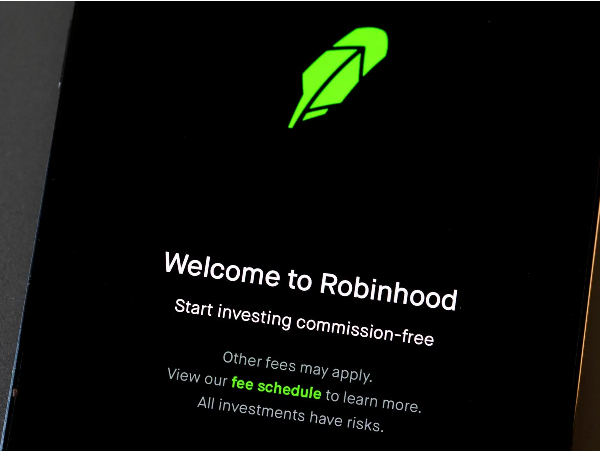


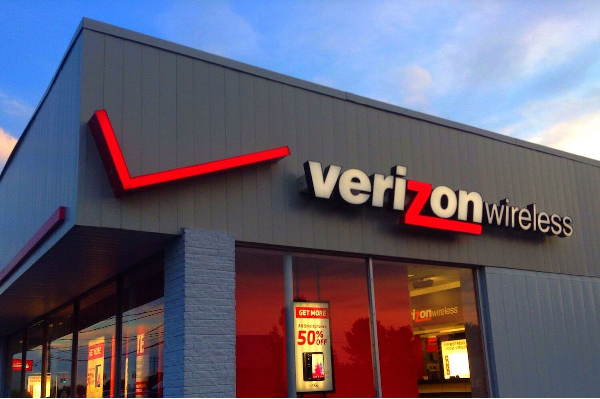
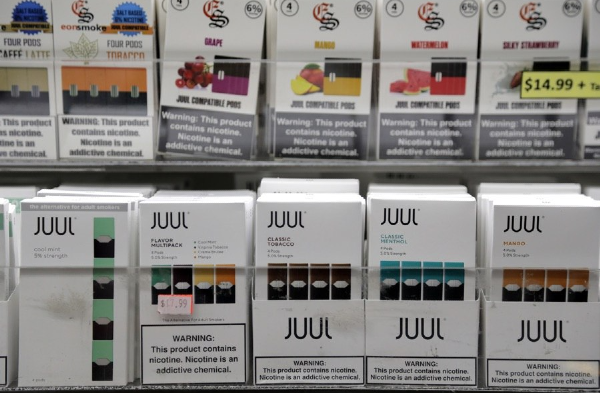

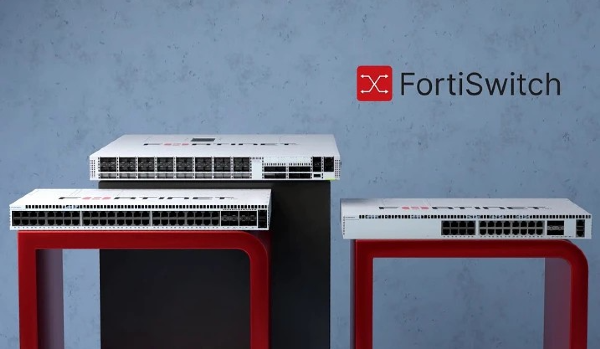

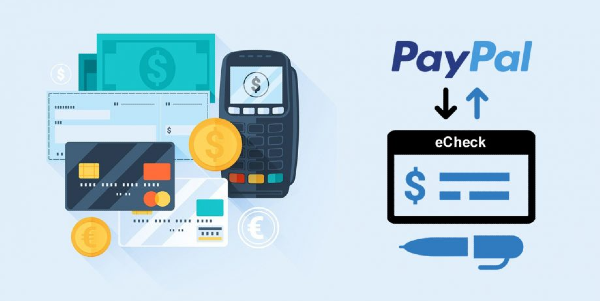




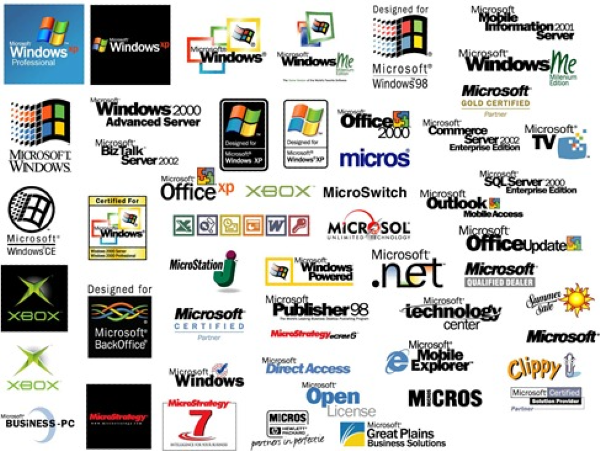
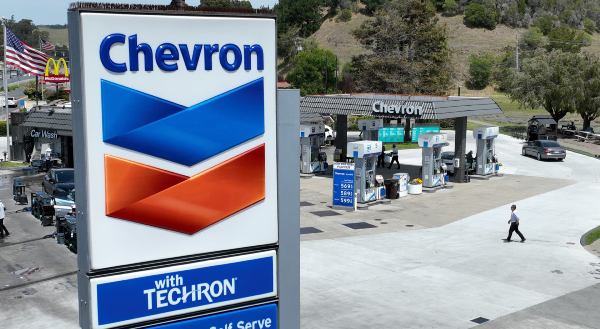




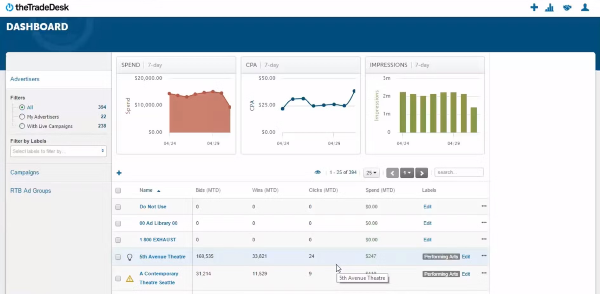








Introduction
American Airlines Group Inc. (NASDAQ: AAL) is currently trading at $11.52 per share, down 22% over the past year. Despite reaching previous highs of $18 per share, the stock has dropped approximately 30% from those levels. Since the major market shock in 2020, which saw a 70% decline, AAL has rebounded but continues to exhibit volatility.
Is this the right time to buy American Airlines stock? In this analysis, we'll break down AAL’s latest earnings, explore key financial metrics, and apply discounted free cash flow (DCF), comparable company, and intrinsic value models to determine whether AAL is undervalued or a risky bet.
American Airlines' Financial Performance
Key Metrics:
Revenue Trends:
AAL is nearing its all-time revenue highs, reporting $53.66 billion in annual revenue, exceeding pre-pandemic figures from 2019.
Breakdown of Operating Revenues (2023 vs. 2024):
Additionally, operational efficiency metrics such as available seat miles (ASM), passenger load factor, and revenue per ASM indicate mixed trends, with some growth but slight declines in yield.
Profitability and Cash Flow:
Valuation Analysis
Discounted Free Cash Flow (DCF) Model:
The DCF method values stocks by projecting future free cash flows and discounting them to present value.
Inputs:
Using these assumptions, AAL’s intrinsic value is approximately $23 per share, suggesting significant upside.
Ben Graham’s Intrinsic Value Formula:
Ben Graham’s valuation method factors in earnings growth and bond yields. Analysts estimate 39% earnings growth for next year, placing the stock’s fair value near $48 per share. However, if we assume a more modest 10% growth, intrinsic value adjusts to $18 per share, still supporting a buy case.
Comparable Company Model:
To assess AAL relative to industry peers, we compare key metrics with:
Key Comparisons:
After factoring in these comparisons, AAL’s valuation aligns around $17 per share, reinforcing a buy rating.
Conclusion: Is AAL a Buy?
All three valuation models suggest American Airlines is undervalued:
Despite a challenging industry landscape, AAL has regained profitability, improved free cash flow, and demonstrates solid revenue growth. While high CapEx and volatility remain concerns, the stock appears attractively priced for long-term investors.
Final Verdict: AAL is a buy based on fundamental analysis, with significant upside potential.
https://youtu.be/dA3eGQBea5g?si=jTbYF5J0VkNTNpPY